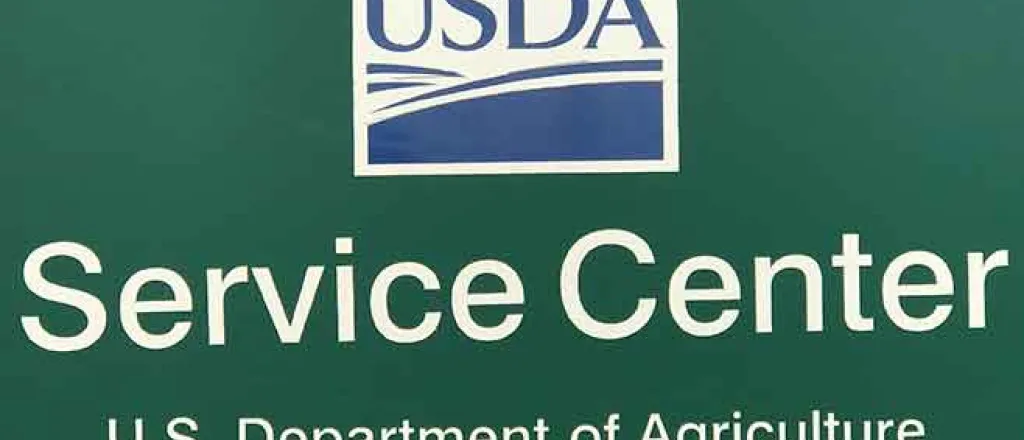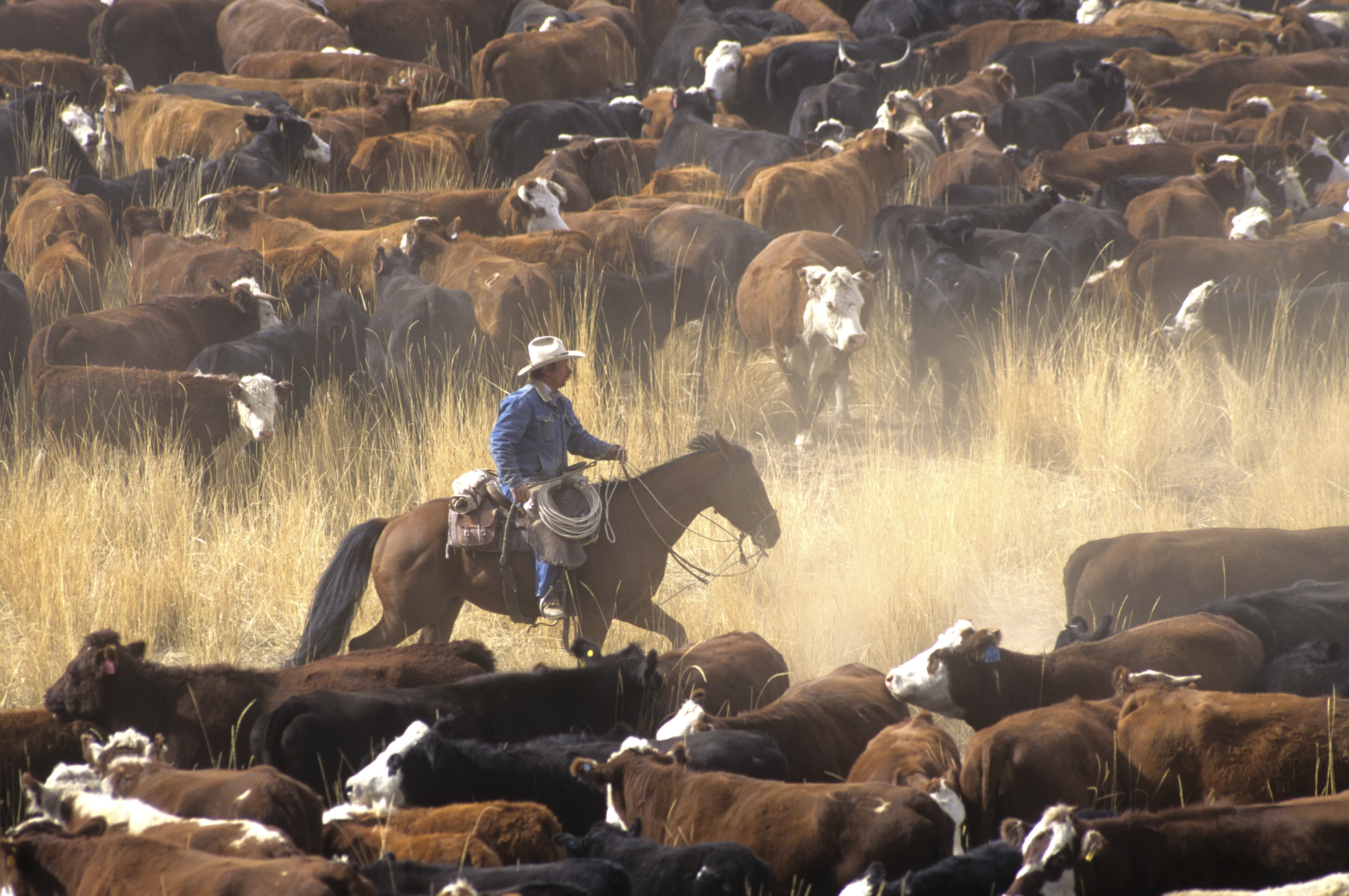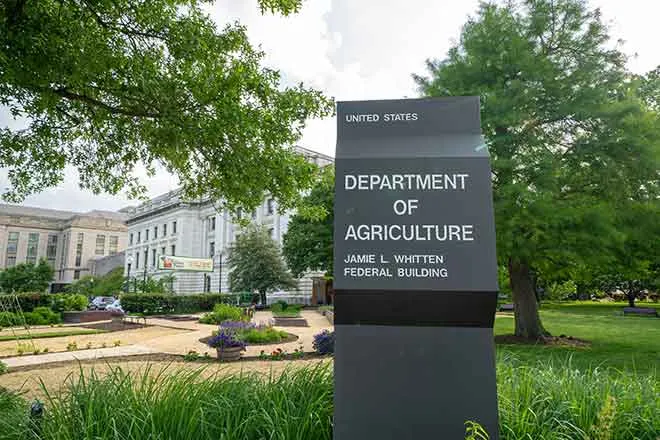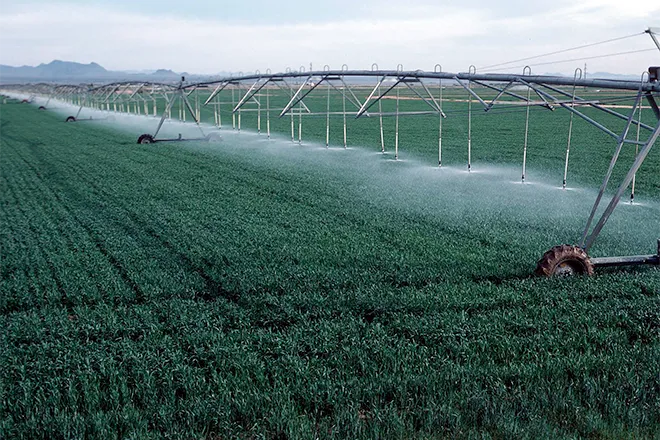
USDA Update – July 14, 2020
IMPORTANT DATES TO REMEMBER:
- FSA 2020 ACREAGE REPORTING DATE: EXTENDED TO AUGUST 14
- CFAP – Signup May 26 – August 28
- LFP – Signup ends January 30, 2021
- 2020 – COUNTY COMMITTEE NOMINATION PERIOD - DEADLINE AUGUST 1, 2020
- 2020 PLC YIELD UPDATE – Deadline September 30, 2020
- WHIP+ signup - Begins March 23, 2020
Disclaimer: Information in this UPDATE is pertinent to Kiowa County FSA only. Producers reading this and that do not have FSA interest in Kiowa County are advised to contact their local FSA Office.
Drought Monitor
The D4 rating in Prowers and Baca counties was removed from this past week’s monitor. That area did receive some moisture over the July 4th weekend. The submitted map for this week is of the entire U.S. which shows that Colorado is unfortunately the #1 state with extreme drought conditions. D3 drought conditions are beginning to show up in Texas and SW Kansas and that rating is the highest rating in any state.
This week as I was looking through the drought impact reports on the Drought Monitor, there were a number of Drought Impact reports submitted for Kiowa County residents, some were submitted in May. Don’t think your time is wasted by submitting this information as the personnel at the Colorado Climate Center look at these reports weekly, so keep submitting them and supply updates.
The link to submit a report is https://survey123.arcgis.com/share/b87db006f28c4b4698f53ffe5942d9af. The report can also be found on the U.S. Drought Monitor website https://droughtmonitor.unl.edu/. Now would be a good time to submit a report concerning wheat harvest.
Emergency Disaster Declarations and Designations
Farmers and ranchers know all too well that natural disasters can be a common, and likely a costly, variable to their operation. The Farm Service Agency (FSA) has emergency assistance programs to provide assistance when disasters strike, and for some of those programs, a disaster designation may be the eligibility trigger.
FSA administers four types of disaster designations:
USDA Secretarial Disaster Designation
The designation process can be initiated by individual farmers, local government officials, State governors, State agriculture commissions, tribal councils or the FSA State Executive Director
This designation is triggered by a 30-percent or greater production loss to at least one crop because of a natural disaster, or at least 1 producer who sustained individual losses because of a natural disaster and is unable to obtain commercial financing to cover those losses
In 2012, USDA developed a fast-track process for disaster declarations for severe drought. This provides for a nearly automatic designation when, during the growing season, any portion of a county meets the D2 (Severe Drought) drought intensity value for eight consecutive weeks or a higher drought intensity value for any length of time as reported by the U.S. Drought Monitor http://droughtmonitor.unl.edu
Administrator’s Physical Loss Notification
This designation is initiated by the FSA State Executive Director.
The designation is triggered by physical damage and losses because of a natural disaster, including but not limited to dead livestock, collapsed buildings, and destroyed farm structures.
Presidential Designation
A Presidential major disaster designation and emergency declaration is initiated by the Governor of the impacted state through the Federal Emergency Management Agency (FEMA).
This designation is triggered by damage and losses caused by a disaster of such severity and magnitude that effective response is beyond the capability of the State and local governments.
Quarantine Designation
This designation is requested of the Secretary of Agriculture by the FSA State Executive Director.
A quarantine designation is triggered by damage and losses caused by the effects of a plant or animal quarantine approved by the Secretary under the Plant Protection Act or animal quarantine laws.
All four types of designations immediately trigger the availability of low-interest Emergency loans to eligible producers in all primary and contiguous counties. FSA borrowers in these counties who are unable to make their scheduled payments on any debt may be authorized to have certain set asides. Additional disaster assistance requiring a designation may also be provided by new programs in the future.
For more information on FSA disaster programs and disaster designations, visit www.fsa.usda.gov/disaster.
USDA Offers Wildfire Recovery Assistance
USDA’s Farm Service Agency (FSA) offers disaster assistance and low-interest loan programs to assist agricultural producers in their recovery efforts following wildfires or other qualifying natural disasters.
Available programs and loans include:
Non-Insured Crop Disaster Assistance Program (NAP) - provides financial assistance to producers of non-insurable crops when low yields, loss of inventory, or prevented planting occur due to natural disasters including excessive wind and qualifying drought (includes native grass for grazing). Eligible producers must have purchased NAP coverage for 2020 crops. A notice of loss must be filed the earlier of 15 days of the occurrence of the disaster or when losses become apparent or 15 days of the final harvest date.
Livestock Indemnity Program (LIP) - offers payments to eligible producers for livestock death losses in excess of normal mortality due to adverse weather. Eligible losses may include those determined by FSA to have been caused by wildfires, hurricanes, floods, blizzards, tropical storms, tornados, lightning, extreme heat, and extreme cold. Producers will be required to provide verifiable documentation of death losses resulting from an eligible adverse weather event and must submit a notice of loss to their local FSA office within 30 calendar days of when the loss of livestock is apparent.
Emergency Assistance for Livestock, Honeybees, and Farm-Raised Fish Program (ELAP) - provides emergency relief for losses due to feed or water shortages, disease, adverse weather, or other conditions, which are not adequately addressed by other disaster programs. ELAP covers physically damaged or destroyed livestock feed that was purchased, or mechanically harvested forage or feedstuffs intended for use as feed for the producer’s eligible livestock. In order to be considered eligible, harvested forage must be baled; forage that is only cut, raked or windrowed is not eligible. ELAP also covers up to 180 lost grazing days in instances when a producer has been forced to remove livestock from a grazing pasture due to wildfire and for beekeepers, ELAP covers beehive losses (the physical structure) in instances where the hive has been destroyed by a natural disaster including flooding, high winds and tornadoes. Producers must submit a notice of loss to their local FSA office within 30 calendar days of when the loss is apparent. For honeybee losses, producers must notify FSA within 15 calendar days of when a loss occurs or from when the loss is apparent.
Emergency Loan Program – available to producers with agriculture operations located in a county under a primary or contiguous Presidential or Secretarial disaster designation. These low interest loans help producers recover from production and physical losses.
Emergency Conservation Program (ECP) - provides emergency funding for farmers and ranchers to rehabilitate land severely damaged by natural disasters; includes fence loss.
For more information on these programs, visit www.fsa.usda.gov/disaster or contact your local FSA office















